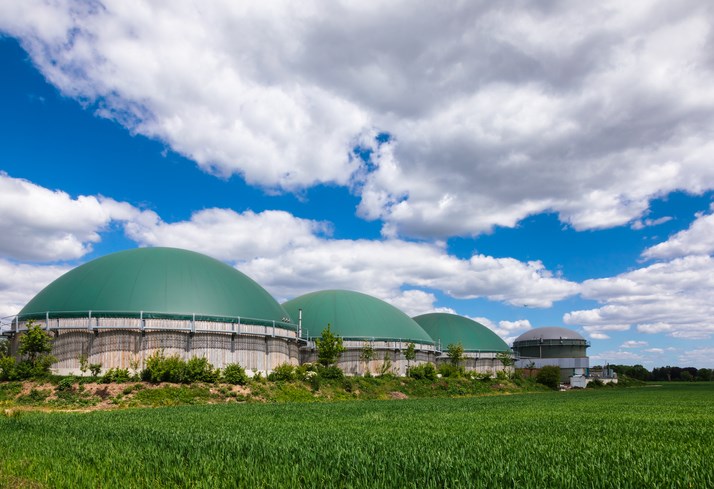CORRECTION: An incorrect number of digesters was used in a Feb. 23 Moose Jaw Express article: Installing biogas digesters can save money for industry. Our apologies. However, the correct number of digesters according to the Canadian Biogas Association estimates about 200 aerobic digesters converting manure and feed wastes into electricity or natural gas are operating in Canada today.
Farmers can control costs and increase revenues using waste substances from their operations.
Biodigesters can use manure and waste feed or old straw bedding and convert them into electricity or natural gas for use or sale from the farm.
The Canadian Biogas Association estimates about 200 aerobic digesters converting manure and feed wastes into electricity or natural gas are operating in Canada today. Livestock operations account for about half of the installations.
Dairy farmer Rob McKinlay of Woodstock, Ont.installed an aerobic digester on his farm in 2017.
The 40,000 gallon vessel digests the manure and waste feed from his 70-cow operation. Two generators convert the digested product into a continuous 20 kilowatts of electricity. He uses the electricity on the farm and sells the remainder to Ontario Hydro.
Leftover material from the digesting process is another major benefit from the project. McKinlay uses that material as bedding for his herd, thus reducing the cost of buying sand and trucking it to his farm.
He aims for a 10-year payback on the investment, which starts at around $350,000.
The investment has reduced odour on the farm, reduced greenhouse gas emissions, reduced power costs and provides a constant source of clean bedding for his animals.
“Farmers who aren't afraid to tackle something new” should look into digesters, says McKinlay.
Be sure to target the right electrical capacity, he said.
The digester came from Belgium and he suggests nailing down the finances first to avoid changes in value of currencies.
The Canadian dollar has moved from 68 cents U.S. to 79 cents in the last year, creating issues when importing machinery.
The project has reduced his farm’s greenhouse gas emissions from 150 tonnes a year to 50 tonnes.
While that isn’t much, McKinlay says, spread over the industry, this could cut emissions significantly.
Any operation with regular amounts of manure or food waste can run the process, from dairy farms to feedlots, backgrounding operations to large cattle herds.
The Canadian Biogas Association has a website dedicated to these projects at biogasassociation.ca. The site not only explains the process but contains a tool to evaluate the biodigester potential for any operation.
Ron Walter can be reached at [email protected]


.png;w=120;h=80;mode=crop)

